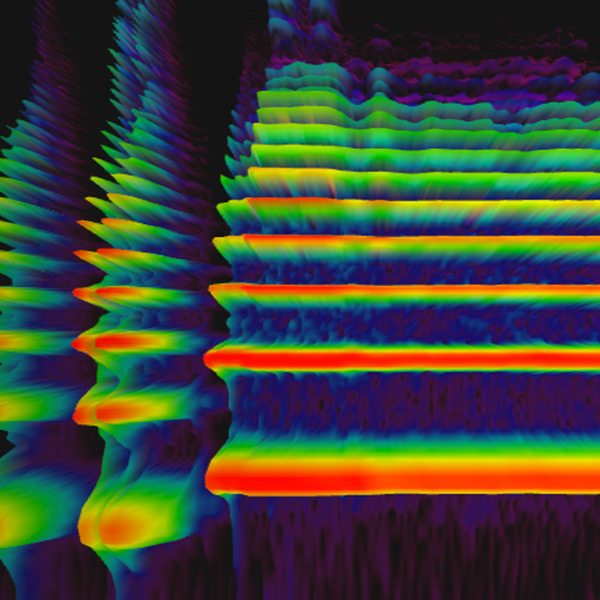

There is no shortage of things to look at with the observatory and spectrograph. “Students have every chance to discover and elucidate the spectroscopic details of exoplanets. “I can sit at my desk at Concordia and make it move, tell it what kind of data to take in, track this object or that object,” says Kenney. The telescope and the new spectrograph are completely controllable from a laptop computer or smart phone from anywhere in the world with web access.

The park is noted for its clear, dark, “astronomically friendly” night sky. The GBO telescope with its 29.5-inch primary light collecting mirror, sits at around 7,000 feet above sea level in the remote and spectacular Great Basin National Park in eastern Nevada. With it, observers can identify and study supernovas, galaxies, stars, globular clusters and exoplanets. It uses a CCD (Charge Coupled Device) light detector, similar to those used in modern digital cameras, to refract starlight into its constituent wavelengths, creating a unique astrophysical signature in the form of spectral lines and bands. The spectrograph itself is rectangular object a yard-and a-half long filled with precision optical components: lenses, mirrors, and diffraction gratings. Those light emissions give much information about what a star or exoplanet is made out of, its temperature, whether it is moving toward us or away from us, and so on. The partner universities and the Great Basin National Park Foundation paid the other $60,000 to purchase the $120,000 piece of equipment.Īn astronomical spectrograph splits light emanating from distant celestial bodies into its component energies. Cuba Astronomical Foundation to add a high-resolution spectrograph to the Great Basin Observatory (GBO) telescope. Kenney, the engine behind all of CUI’s astronomy grants, wrote this proposal to secure a grant for $60,000 from the Mt. Who knows what our students may discover among the stars?”ĭr. “This is something I could not have imagined when I first came to Concordia. “This grant will enable our students to have access to the truly topnotch equipment necessary to do exciting astronomical research,” says Kerri Tom, Interim Dean of Arts and Sciences. This grant will fund the purchase of a more-advanced spectrograph to help students at CUI and partner universities study exoplanets - those distant planetary bodies circling stars in other parts of our galaxy. John Kenney, Professor of Chemistry and Chemical Physics at CUI, has helped secure another grant to fund ongoing work at the Great Basin Observatory (GBO) in Great Basin National Park.


 0 kommentar(er)
0 kommentar(er)
